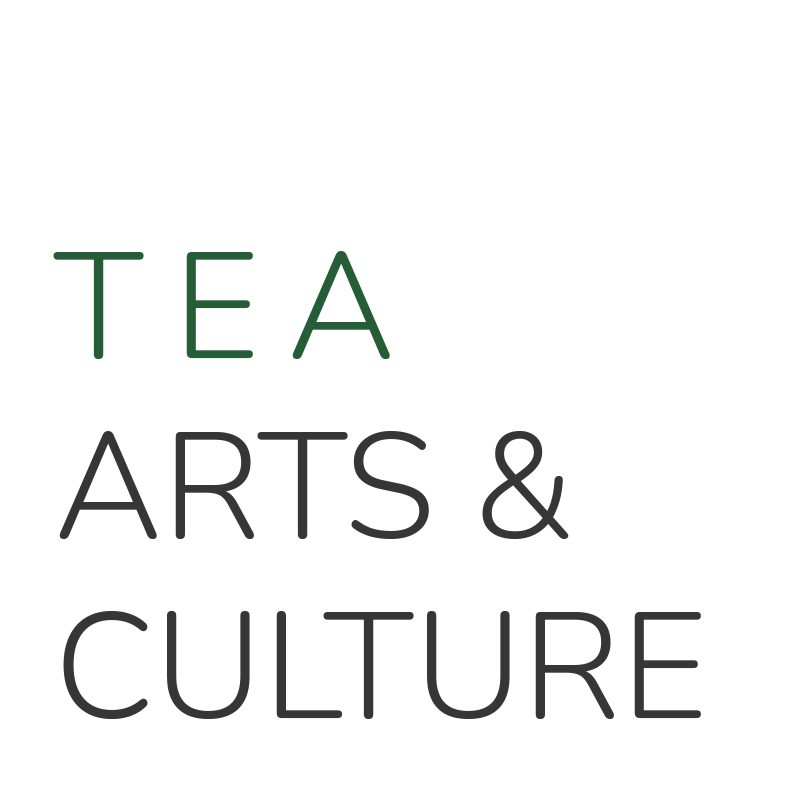An Afternoon with East Frisian Tea
By Jackie McDougall
East Frisia, like the many different regions of the world that took to drinking tea around different times, developed its own particular traditions around tea. A group of us sat down with our host, Ben Schultz on a chill Autumn afternoon to experience the tea drinking custom of this region, the culturally and geographically distinct area of Germany in which Ben grew up. The experience was nothing like what we expected, yet is totally befitting of this largely unchanged peninsula, where the same weather patterns and way of life still remain today.
The East Frisian Tea ceremony is listed as a UNESCO Cultural Heritage, and the most popular tea nowadays is a blend of the finest teas from various gardens in Assam, India.
Wadden Sea, National Park mudflats in East Frisa. Photo @ Ben Schultz
As we sit around in Ben’s apartment, we wait for the teapot to be warmed. It sits atop a Stövchen, a warmer with a tealight burning inside. After hot water is poured in and out of the teapot, tea is added: first one teaspoon for each guest and then one extra for the teapot. Boiling water just to cover the tea is added and steeped for 2 or 3 minutes in silence. Finally enough boiling water is added so that everyone can be served. We each put one or more Kluntje, the East Frisian word for a small cube of rock sugar, in our own tea cups decorated with the East Frisian rose style, and watch the tea being poured into each one. Then comes a mesmerizing ice cracking sound from the small cups as the Kluntje starts breaking apart in the hot tea. It is followed with greater awe as “clouds” of cream “Wulkje,” bloom after Ben puts several drops of heavy cream, counter clockwise in our cups.
During the 17th century, Ben described, this East Frisian tradition was rooted when various shipmen -- who worked the boats off the East Frisian coast -- joined the Dutch East India trading company’s trades from the east, to the Netherlands, and back to East Frisia. Beer was a common beverage, a substitute for the polluted water of East Frisia that resulted from its lack of springs. It could be seen just how ripe this region was for its new tradition, by the fact that East Frisian’s could be found trading beer for their newest precious beverage, tea. Over time, demand became so specific in East Frisia, that tea merchants would sift through hundreds of tea samples to select the finest batches and create the perfect blends that woud satisfy the local taste.
The drink is not to be stirred! As we watch the clouds scatter away in the beautiful dark burgundy brew. (Back in East Frisia, any host would have known Ben’s father preferred three drops of cream, and that for his Grandmother, the fourth drop would mean a ruined drink). Eventually we get to move our lips to the rim of the cup. At first it is a very satisfying taste of rich cream (traditionally sourced right from the farm), then strong tea with bitterness and astringency pushing through, eventually giving way to layers of sweetness that unfold sip after sip. We are transfixed.
While we are still savoring these moments right off our noses, I start to wonder why this “enlightening” tradition of East Frisia, remained in East Frisia, and solely East Frisia. During all the different periods of time in which the East Frisians traded among the Dutch and the English, they neither adopted these other region’s traditions, nor did they spread their own to other regions of Germany. This region’s taste for tea, moreover, went so far as to even defy the forces of war. (During separate wars in the 18th century and World Wars, tea was restricted by the ruling government, as it was not deemed a “necessary good.” So, due to necessity and in an act of defiance the East Frisians would smuggle the tea, disobey ruling orders or finally, trade their precious milk and cheese for other Germans’ tea rations, in order to pursue this treasured tradition. What’s more, unlike in other regions of the world, this particular preference for the unique Assam mix, has remained unchanged for more than 100 years - a consistency that can hardly be found elsewhere. (Though East Frisian tea has changed somewhat over time and come from different sources in the 18th and 19th century). However, I think the important circumstance to keep in mind is that everyone who has lived, and still lives here, may, and still can find great benefit from a good soothing moment found in a cup of tea. This, as they break from toiling away in its rainy, windy conditions, at the beginning, middle, and sometimes end of their day. Because of that need for a good moment in a cup of tea, like everywhere tea is consumed, it continues to be told since its beginnings, onto this very day.
About Ben Schultz:
Benjamin’s family hails from East Frisia where his ancestors have worked the land and sea for more than half a millennium. One of his earliest memories are of joining his grandparents farm life during summer break from school and helping to pull the baby cow during birth and drying it with straw afterwards. As a teenager, he did not pursue the same revolting turn from tradition as many of his classmates would: drinking coffee instead of the traditional tea they grew up with. Instead, he would still drink tea, at this time, to appreciate the warm feeling and calming effects. But it was not until Benjamin left East Frisia to travel the world, that he would find many new tea traditions and reflect more on the source of his own. Benjamin lives in New York now and is planning to start his own tea farm in East Frisia.


